You might have noticed how I’m a low-key (*ahem*) LEGO fan, but only if you’ve really been paying attention, and it has been quite a while since I went on a Lego-nerd rant (hm, not really).
Anyway, this 86-year-old company, named for the Danish words for “play well” (“leg” and “godt”), is not only known for its iconic building block but also for its iconic minifigure:
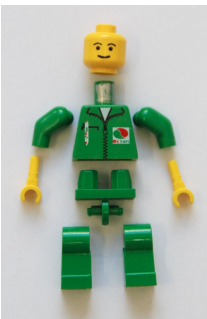
Unlike the building block, which has remained the same for decades (in fact, a current block will still click with a 60-year-old one), the minifigure has gone through some major changes. Between 1975 and 2010, there have been at least 3655 different minifigures, and in 2000 there was an estimated total of over four billion mini Lego people! Actually, according to some predictions, the total number of minifigures will surpass that of humans next week!
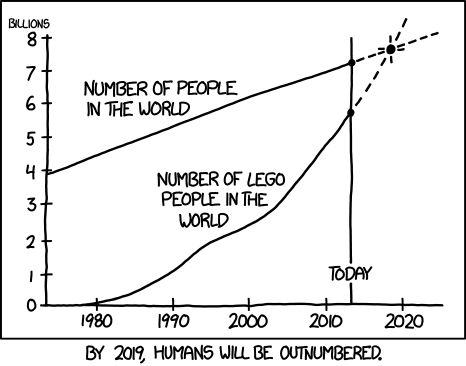
The first minifigure (1975) didn’t even have any moving parts. It wasn’t until three years later, when the familiar yellow smiley-faced figure came out (your friendly neighborhood cop), that the arms and legs could be moved:
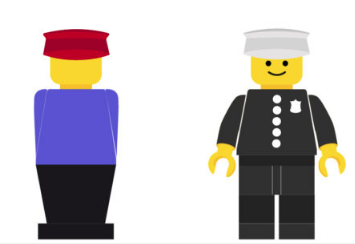
1975 guy (left) says nothing, for he has no face. Image from (3)
This was also when the Lego minifigure hand shape was developed. It is very useful for holding Lego-things. However, is very inefficient when you’re trying to be sarcastic…
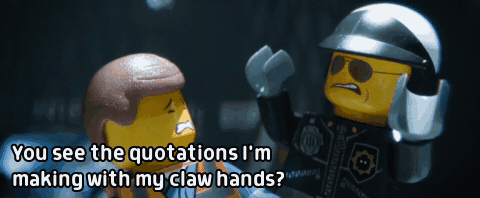
Throughout the years, the figures have gotten increasingly more complex. It started with the hair (early male minifigures wore hats until the hairpiece was designed in 1979), then the accessories arrived. Hats, bags, hand-held weapons, … the whole shebang. In the meantime, the outfits got more detailed. When licensed playsets started taking off near the turn of the millennium (the first Star Wars series hit the shelves in 1999), a whole franchise originated which would include books, video games, and animation films. More series soon followed, including Harry Potter, Batman, LOTR, … the list is endless. And while the outfits and accessories became more elaborate, the faces became more – well – emotional?
Initially, there was only the blank smile. Now, Lego minifigure faces encompass all the emotions. According to a 2013 paper, there are six main types of facial expressions: disdain, confidence, concern, fear, happiness, and anger.

Happy and angry faces are the most common, with the relative proportion of happy faces decreasing over time. In short, with an increasing emotional range, Lego minifigures seem to be getting more “human.” Soon, they’ll have Myers–Briggs personality types!
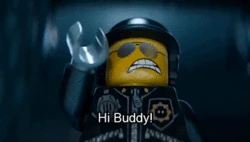
Over time, Hollywood movies have gotten increasingly less black and white (I do not mean the colors), with multi-dimensional characters, heroes with a dark side or villains that seem relatable, and it seems that the Lego minifigures are following suit.
In any case, Lego might be over 80 years old, and the minifigures over 40, but no matter how old you are, you are never too old to play, build or tinker with Lego!
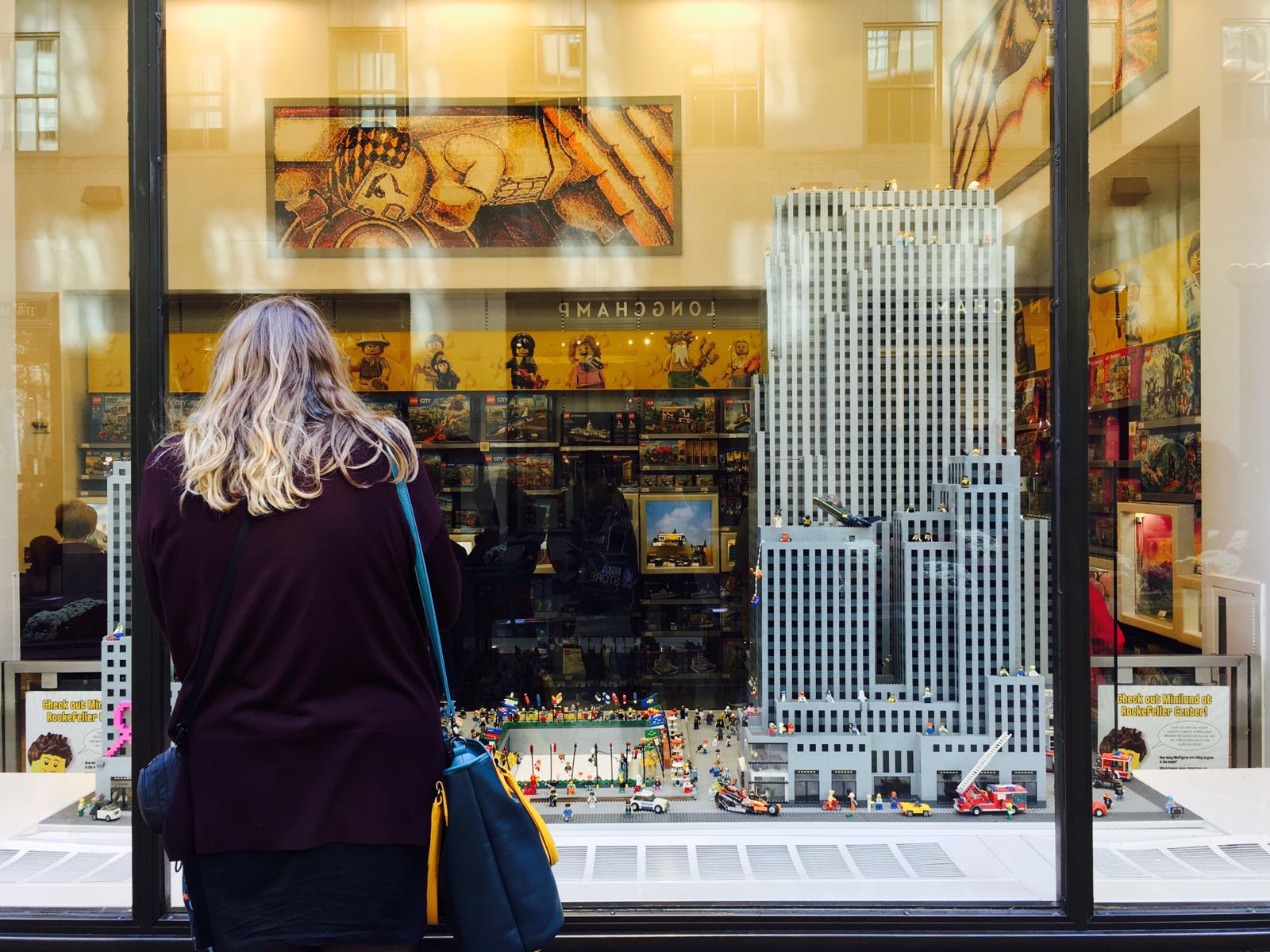
________________________________________
Sources:
(1) Bartneck, C., Obaid, M., & Zawieska, K. (2013). Agents with faces – What can we learn from LEGO Minfigures. Proceedings of the 1st International Conference on Human-Agent Interaction, Sapporo pp. III-2-1.
(2) xkcd
(3) http://b1creative.com/blog/the-history-of-the-lego-minifigure/


Oh, I’ve just found this: https://minifigs.me/ !!!!!!!!!!!!!!!